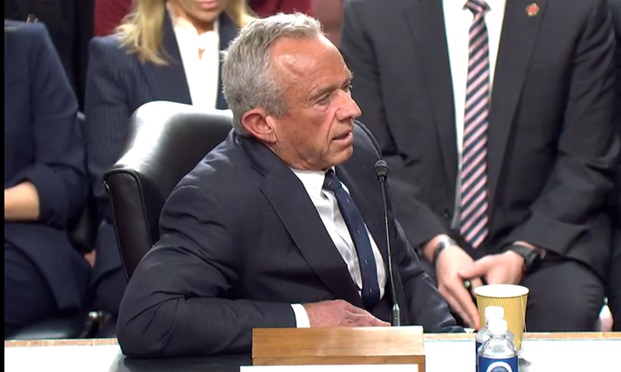Most people don't realize that health savings accounts are one of the best long-term savings vehicles in the market today. Paired with high-deductible health plans, HSAs are available to help pay for current qualified medical expenses as well as to save for future expenses, all in a tax-exempt account.
Many consumers continue to use their HSA the same way they use their flexible spending account—using available funds for current expenses. While that is an option with HSAs, it's not a requirement as the "use or lose it" rule doesn't apply with these accounts, and deposited funds are able to grow year-over-year, unlike FSAs. It is easy to understand where the confusion comes from as HSAs are still new to many consumers and are often overlooked in benefits education and communications.
We believe there's a great need for employers to educate themselves—and employees—about all that HSAs can offer beyond paying for the current year's medical expenses. HSAs can serve as a powerful tool for long-term savings and as a key part of an overall retirement strategy to build wealth for both medical and other general retirement expenses, including tax-free Medicare premiums.
Recommended For You
Building wealth in an HSA
Even though HSAs are designed to pay current and future medical costs, only a handful of people fully grasp the opportunity to provide for future needs.
Our recent study of 175,000 HSA holders showed an average deposit balance of just $1,800. Most people either used HSAs as a pass-through for each year's medical expenses or did nothing at all with them. The average contribution was $1,016 per year.
At that rate, most people are short-changing their futures. The IRS allows a maximum HSA contribution of $3,100 for individualsor $6,250 for familycoverage in 2012 (plus a catch-up amount of $1,000 more for people over 55 years old). Those figures will rise modestly in 2013. Less than one percent of the HSA holders we studied "maxed out" their allowable contributions.
Yet medical costs loom as a major financial burden for retirees. Industry estimates vary, but Fidelity's widely-recognized annual study shows an average healthy couple retiring in 2012 at age 65 will need $240,000 for out-of-pocket health care costs (after Medicare and not including long-term care costs).
Consider the potential on the upside: If a 40-year-old employee earning $80,000 today makes maximum HSA contributions, assuming a 5 percent return, the HSA alone will have more than $306,000 by age 65—enough to cover that average retired couple's health expenses.
Of course, an earlier start adds more to savings, and delays limit the amount of the nest egg. And long-term returns vary. The point is, every employee faces the prospect of large medical costs in the future—and every employee, to prepare for those needs, should start saving now.
Gaining triple tax advantages
Employees should always first take advantage of any offered match for their HSA or 401k. After that, it can be a confusing task selecting where to invest remaining funds with the many types of accounts available. While many further invest in their 401(k) or IRAs, their HSA is actually a better option in terms of flexibility, tax advantages and long-term growth potential.
The comparison chart below illustrates the key tax considerations for each type of account.

Taxes are an important consideration in long-term investing because of the compounding of savings. HSAs have the potential to offer triple tax advantages for individuals—something not seen in other retirement accounts. Only an HSA offers tax benefits at deposit**, during the account's life and upon withdrawal. So a person saving for future medical needs can avoid taxes at all three stages in this life cycle.
** Note: States can choose to follow the federal tax-treatment guidelines for HSAs or establish their own; some states tax HSA contributions. If you have questions about your tax implications, consult your tax advisor.
Major HSA providers now offer multiple investment options, including money market funds, self-directed accounts for mutual funds or individual stocks, and FDIC-insured accounts for cash needs. Yet only around 1 percent of the HSA holders we studied used the available investment options.
Employers should find an HSA plan that encourages long-term savings, including:
- Robust investment options—including dozens or hundreds of no-load or load waived mutual funds, capabilities for investing in equities, as well as bank and money market options.
- Proactive educational approach—communicating with employees on how HSAs work both to pay near-term medical costs and to bolster a long-term retirement plan.
- Integration with other benefits—offering tools to help employees plan for the future, including investment objectives, risk tolerance and mix of assets across all accounts.
Today, most act as if the "S" in HSA stands for spending rather than savings. We have the opportunity to educate employees about the benefits of saving with an HSA, including preparing for future health care expenses during retirement or later in life.
© Touchpoint Markets, All Rights Reserved. Request academic re-use from www.copyright.com. All other uses, submit a request to [email protected]. For more inforrmation visit Asset & Logo Licensing.






